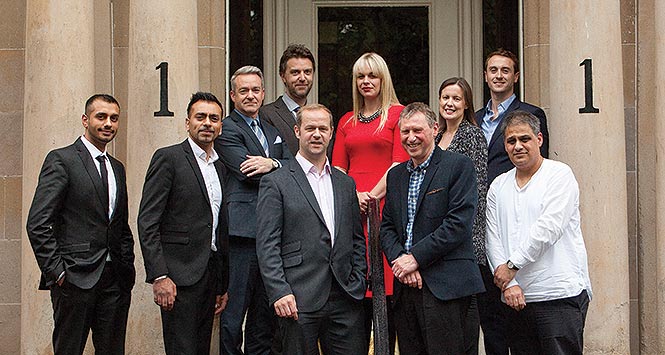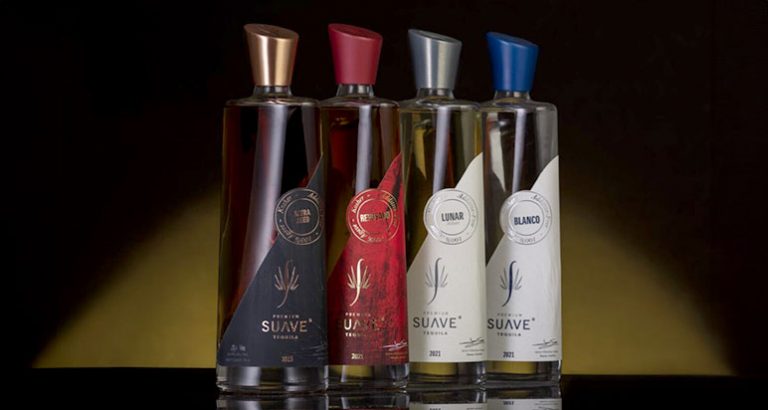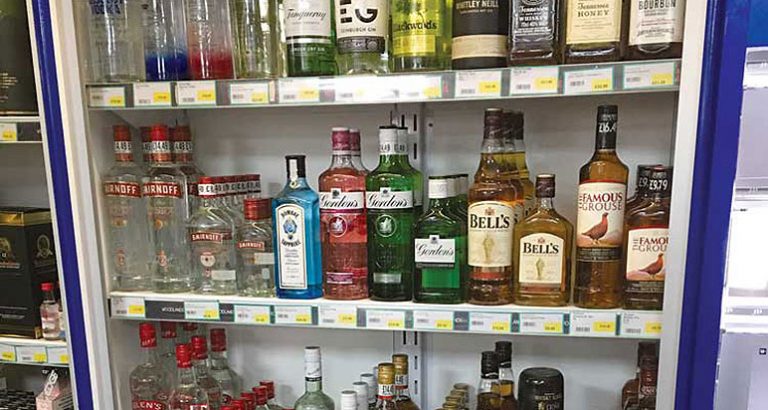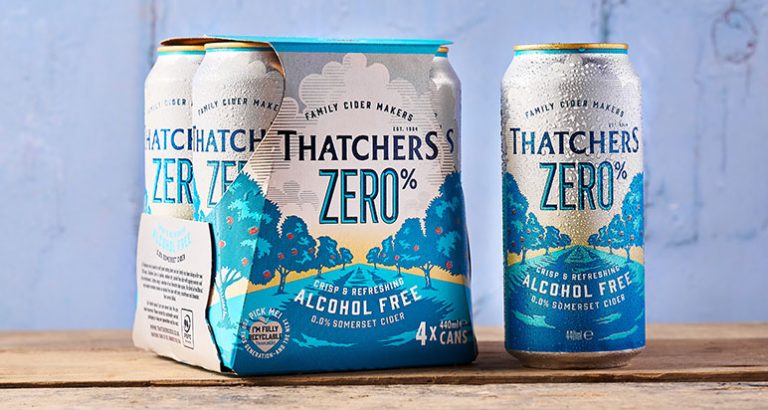SLR has teamed up with Heineken to examine the role that innovation plays in the beer category – from both the suppliers’ and the retailers’ perspective – and we gathered in Glasgow to discuss that very topic, in an engaging and frank conversation.
by Kevin Scott
Around the table
- Antony Begley | Publisher, SLR
- Kevin Scott | Editor, SLR
- Richard Campbell | Category Development Manager, Heineken
- Gillian Graham | Innovation Development Manager, Heineken
- Chris Gallacher | Dynamic Retail
- Javid Ghafur | Londis Brediland Road, Paisley
- Sak Gosal | Day Today Beith
- Zac Gosal | Day Today Beith
- Dennis Williams | Broadway Convenience Store
Beer is becoming an increasingly complex category. No longer can retailers simply stock up on a few multipacks and hope for the best. That’s precisely why companies like Heineken are investing in category management programmes like its Star Retailer scheme: by understanding more about the category, and the difference having the right range in the right place can make to your sales, you can see your beer sales grow by around 12%. And that doesn’t take into account any ancillary sales that come from being known locally for a reliable and well-considered beer selection.
Star Retailer’s biggest reward is the ‘Three Steps to Profit’ advice which covers Range, Category and Space.
It is these three steps that were under discussion at the Roundtable held in Glasgow last month by SLR and Heineken. The other major focus on the night was the role innovation plays in driving category growth.
Ensuring that range is as strong as it can be is one of the main challenges retailers have in the category. It’s also one of the main challenges for suppliers like Heineken, who attempt to grow category sales by working with retailers to push the entire category.
Award-winning retailers
Our team of retailers came from across Scotland and included well-known faces such as Dennis Williams, Javaid Ghafur and Chris Gallagher – who recently moved from Booker to join the rapidly growing Scotfresh chain – to the recently crowned Beer Retailer of the Year at the SLR Rewards, brothers Sak and Zac Gosel from Day-Today Beith.
After a brief introduction by SLR’s Antony Begley which looked at the positive impact of implementing Heineken’s Star Retailer scheme into Woodlands Local, the focus turned to Heineken’s Category Development Manager, Richard Campbell, who highlighted the benefits of stocking a tight range of well-known brands that return a good margin.
Not all our retailers followed Star Retailer, which ensured the conversation took in a number of different solutions to maximising beer sales.
How Star Retailer works
Star Retailers earn cash rewards which can be awarded instantly by Heineken’s sales team. The e-vouchers can be spent in the retailer’s chosen route-to-market and extra rewards can be earned for maintaining an off-shelf display unit and sharing EPoS data by email.
These rewards, combined with free stock and POS, means that Star Retailers can earn rewards of up to £1,000 per store per year.
There are levels for Gold, Silver and Bronze with Gold level retailers given five times more reward points than Bronze, helping to inspire more retailers to deliver great Cider & Beer retailing standards.
By dedicating space to the fastest-selling brands, retailers maintain availability and avoid missing out on potential sales. New Star Retailer category management guides have been distributed to every store in an effort to support retailers in reaching this Gold standard.
What was clear however is that space is seen by many as a major challenge to getting the range right. That’s not to say it’s about having more space, it’s more about how to make the most of the space you have. In fact, space and range along with overall category are the three pillars upon which retailers are judged.
Chris Gallagher told the story of a Scotfresh store requesting a bigger beer chiller. Dubious, Chris ran through EPoS data and came to a simple conclusion: “They didn’t need a bigger chiller, we needed to delist.”
There’s an astonishing stat to back this up too – Chris showed that one of the Scotfresh stores had 96 beer lines and yet 98% of sales came from the top 50 lines. That’s 46 different SKUs representing just 2% of sales.
This was an issue that Heineken was all too aware of, with Campbell pointing out that Star Retailer looks at concentrating on the lines that will drive the majority of the sales. He said the problem wasn’t just one confined to retailers either: “Wholesalers have the same issues as many retailers – there’s simply too many lines being stocked. If they reduce their range then that will filter down into stores.”
However, keeping SKUs to a minimum isn’t for everyone, as Sak Gosel pointed out: “I’m more of a man of range,” he said. “I want to try new lines, see how they’ll perform, and we’ve got the space to do that.”
When it comes to looking at the range, Richard pointed out that the top 10 SKUs typically account for 55% of sales. “It’s so important to keep on top of those key products,” he says.
Dennis Williams from Broadway Convenience Stores said that it was important to work with suppliers to keep the range tight. “We work with suppliers as much as possible. I share my EPoS data too if it’s in the interest of the store. It should be examined monthly, that way we can see what new products are settling in, what isn’t working.”
Richard said that one of the challenges Heineken faced was communicating that delisting lines will increase sales and profit. “It’s been proven time and again to work, but some retailers are still reluctant to reduce their range,” he said.
One other obstacle to the smooth maintenance of a fixture is the constant stream of NPD that arrives. Incorporating promotions can also lead to issues over space, which led Javid Ghafur to say: “There can be a lot to move about to accommodate new products, so it’s useful to have a shelf specifically for promotional lines and NPD.”
The craft of craft
Craft beer has exploded in the last year though Heineken’s Richard Campbell warned retailers to be wary: “Craft is growing but it’s still small. It gets more coverage than it merits and lots of retailers over-index on it.”
The challenge is to create a range that will draw in new shoppers without taking space of big sellers.
“I think it’s coming up; it’s going to be huge,” said Dennis Williams. “If you look at what the supermarkets are doing, there’s a lot of craft beers in their range.”
Dennis noted that customers who bought into craft beer were a mixed bunch, while Chris Gallager added: “Churchills in Glasgow’s west end is strong on craft – location make a difference with this one.”
Dennis added: “It’s not possible to take every new product that comes into the market. We need help to know what to go with, and we rely on Booker to a certain extent on that one.”
Javaid added that he looked at the quality of the product first and foremost. “That’s not just in beer,” he said. “If you take something like ecigs, there has been a steep learning curve with the volume of new products being introduced. There has to be a good reason for buying a new product, whatever the category.”
Taking a more pragmatic approach, Chris Gallagher commented: “We look at the selling price, the margin and the marketing that will be put behind a new product.”
For symbol stores it’s not always in their own hands – a number of new launches will arrive on allocation but even then, the retailers said it was useful to have reps pop in and answer questions. The group was also in agreement that they preferred NPD to not be on promotion, to give a firm idea of how popular it’s likely to be. New lines should be different from promotions,” said Dennis.
As the discussion moved onto the role of innovation Gillian Graham, Innovation Development Manager, Heineken, allowed the retailers a look (and taste!) of some forthcoming Heineken launches, including Foster’s Rocks.
The cider category is proving to be more interesting in beer at the moment and that lager is just seen as being “not very exciting” at the moment, a challenge that launches such as Foster’s Rocks aims to change.
As the evening drew to a close, all retailers acknowledged that they would be spend some time back in store looking at their beer category, and discussions about Star Retailer would continue. As Richard said, “It’s hard not to get excited about Star Retailer. It works. It makes retailers more money.”
Key learnings from the discussion
Range: Top 10 SKUs could be represent 55% of sales, so don’t stock too many lines
Range Reviews: Analyse your EPoS data and get rid of those slow sellers – half your lines could be taking just 2% of your sales!
Manage NPD with care: It’s not possible to take on every new product, so look at which lines will work for your store, the quality of the products, and which ones will be given media coverage
Pack in promotions: Promotions are a huge driver of sales, but can eat into limited space, so keep one shelf free for promotions and new products not yet on your planogram
Innovation is key: While key lines will always drive sales, innovation is important to maintain interest in the category
Cider is ‘exciting’: Much of the key category innovation in beer and cider is going into cider at the moment, so examine whether you’re making the most of it
Work with suppliers: they know their category and by working together, both parties can benefit from additional sales.







